Investing in the Gulf’s Potential
Serving global maritime traffic: King Salman International Complex for Maritime Industries and Services
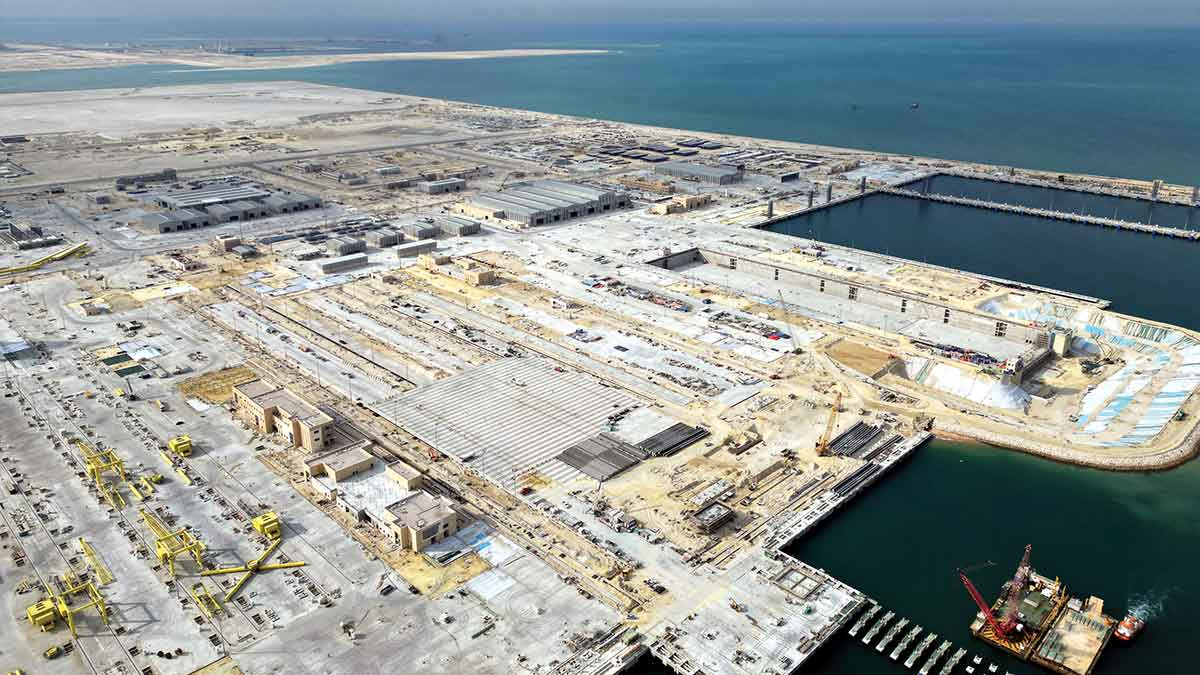
Global February 06, 2024 - By
Aramco’s Project Management brings expertise to project that looks to unlock the promise of the Arabian Gulf.
The Arabian Gulf is an integral part of the region’s heritage. Ancient metropolises and cities have arisen on its shores, built on fishing, pearls, and other industries, and for over 90 years, oil installations have operated close to, or in, Gulf waters; offshore drilling platforms and supertankers like floating cities.
With the launch of Saudi Vision 2030, the Kingdom continues to invest in the potential of Arabian Gulf. Testimony to this is King Salman International Complex for Maritime Industries and Services (KSICMS), which will support the 6% of global maritime traffic that uses the Kingdom’s waters.
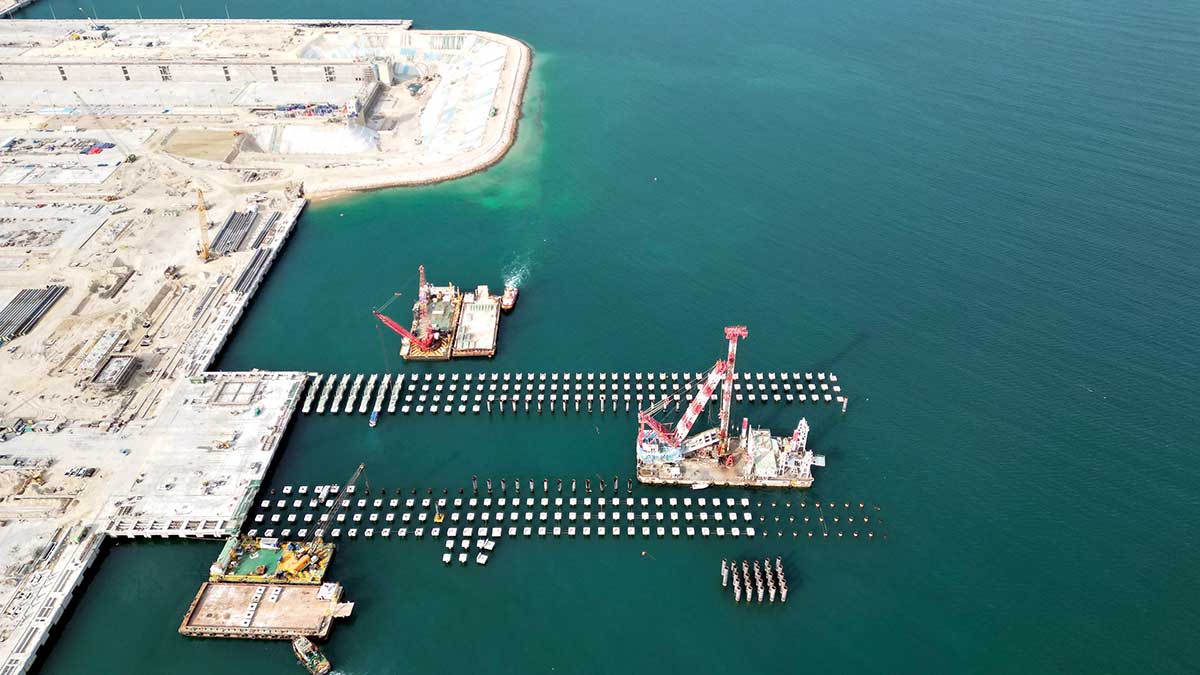
By the numbers
35 million
cubic meters of project land were dredged and reclaimed
7.4 million
squared meters of land was rehabilitated and improved
6
kilometers are the approximate length of concrete piers constructed with a depth of 16 meters
12
kilometers of rock and concrete barriers/seawalls were constructed
23 km-long, 330 m-wide, 11 m-deep
below-sea-level canal constructed
Aramco’s Project Management, which supervised the construction of KSICMS, demonstrated its versatility, overseeing the giant project which falls outside its more usual remit of oil and gas fields. Adding complexity to the project was catering to the individual needs of the cross-disciplinary companies that operate the complex.
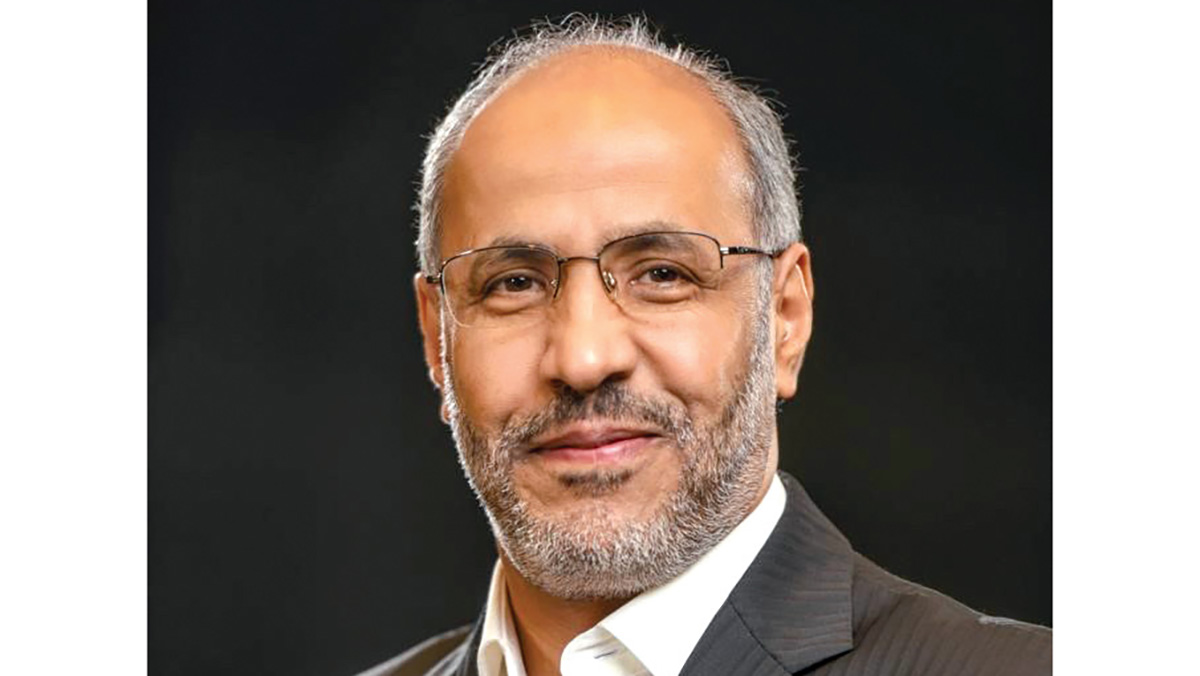
“IMI, a joint venture with Aramco, is an integral part of the Kingdom’s vision to build a regional logistics center that enhances its position as a strategic gateway to three continents,” explained Abdullah Alahmari, CEO of International Maritime Industries (IMI). “The company aims to achieve global leadership by providing advanced products and innovative solutions to shipyards and drilling platforms. The development of IMI as an advanced maritime facility is essential to achieving the objectives of the National Industrial Development Program.”
As a major support project for the KSICMS, IMI acts as a catalyst for economic growth and to support the goals of the Kingdom’s Vision 2030 by creating a new logistics industry.
— Abdullah Alahmari
“It is also the largest full-service marine yard in the Middle East and North Africa region, with an ambitious plan for global expansion,” Alahmari added. “IMI also provides advanced and sustainable maritime services that shape the maritime industry future, and provides construction and maintenance services for commercial ships.”
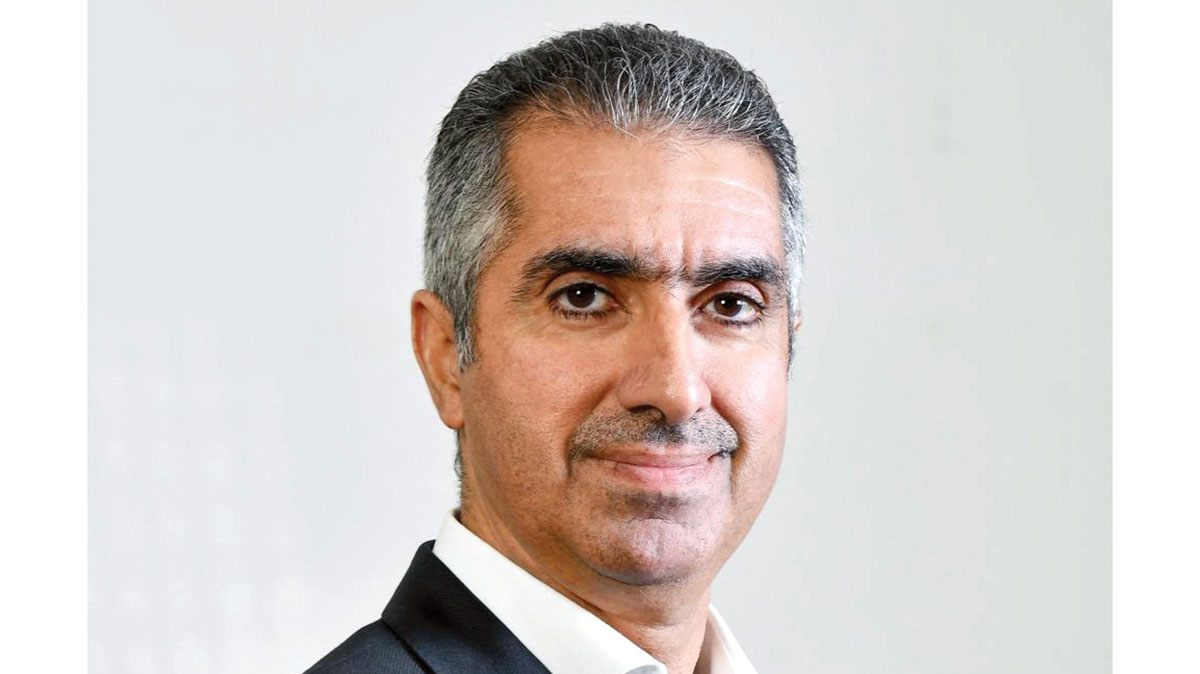
Young engineers
Murad A. Al Sayed, Maritime, Building, and Infrastructure Projects vice president, praised the young Saudi engineers who worked on the project.
“This is a unique project and provides them with extensive new experience,” he said, emphasizing the complex nature and different types of work involved. Aramco’s Project Management helped address this complexity by working through the infrastructure requirements of each company separately, since some specialized in engines, others in shipbuilding, and others still in offshore platforms.
Al Sayed also emphasized Aramco’s commitments to safety and the environment. Testimony to this was the project’s recognition through the Saudi Green Initiative Award 2023 for efforts in minimizing its environmental impact.
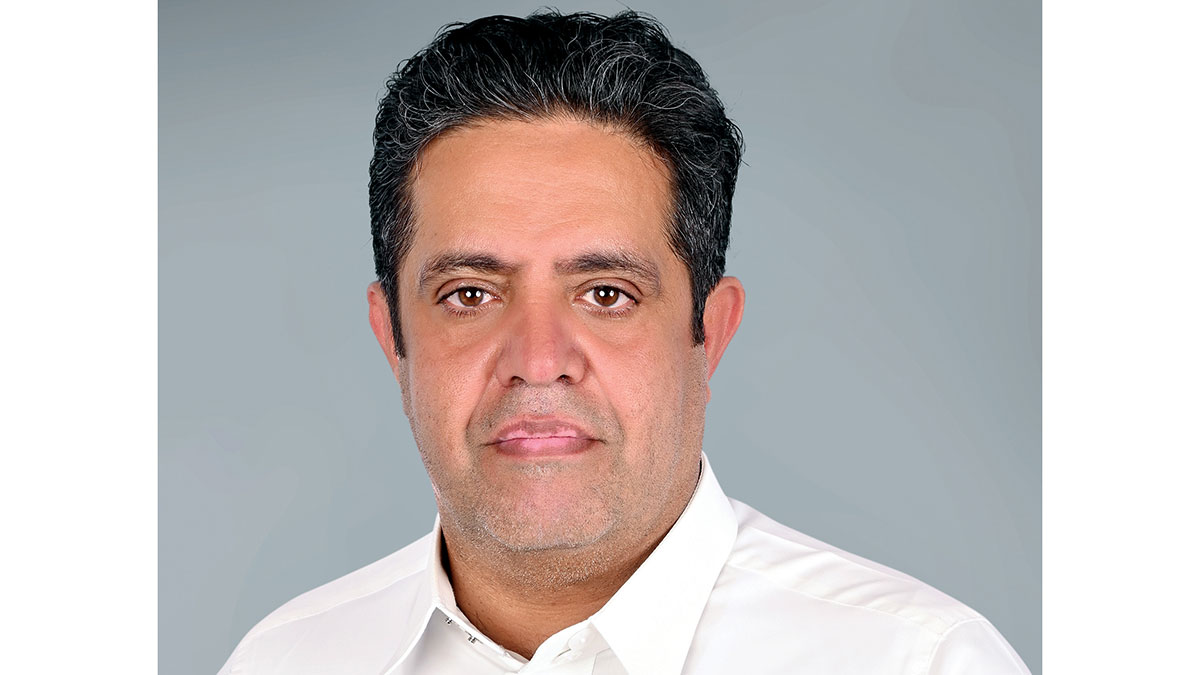
Naser K. Al Bishi, KSICMS Project Management director, explained that the implementation of the project is taking place in stages, starting with the site’s rehabilitation work, which included dredging and reclaiming land and marine sites — KSICMS is set to include three dry docks, equivalent to the area of 14 football fields, necessitating the displacement of vast amounts of seawater. Al Bishi also said that 6 million tons of rocks were transported over thousands of kilometers, and that to secure 3 million cubic meters of concrete, the project team encouraged companies to establish on-site plants.
Other stages of the project included the design, supply, and installation of facilities, support services, residential facilities, administrative offices, and more — all the while adhering to strict standards. The project is divided into five production areas: two areas for the manufacture of offshore platforms and rigs; one area for shipbuilding; and two areas for the maintenance of ships and offshore platforms and rigs.
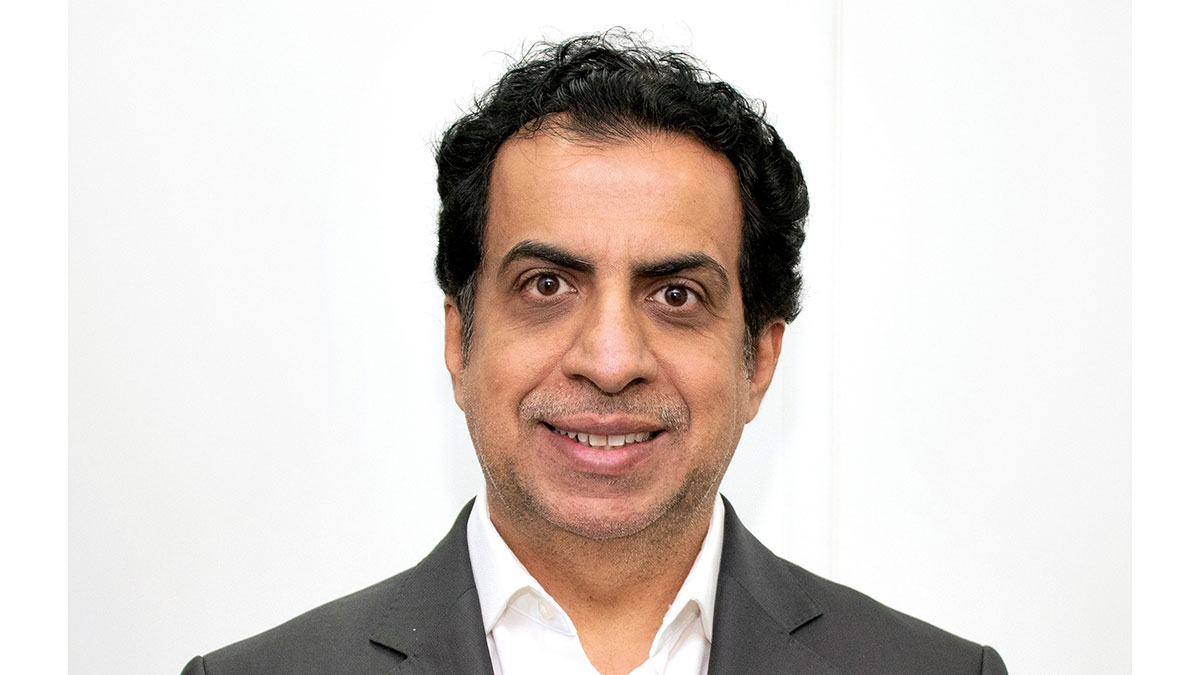
Aramco employee Ahmed Al-Ghubaini, who works as a senior KSICMS representative, said that during the COVID-19 pandemic, the team found effective solutions to manage risk and ensure progress.
Also recalling the challenges during the pandemic, Bader Q. Al-Otaibi, who supervised the mechanical engineering designs of the project, explained how the team was able to complete and finalize designs remotely, which required considerable coordination and flexibility.
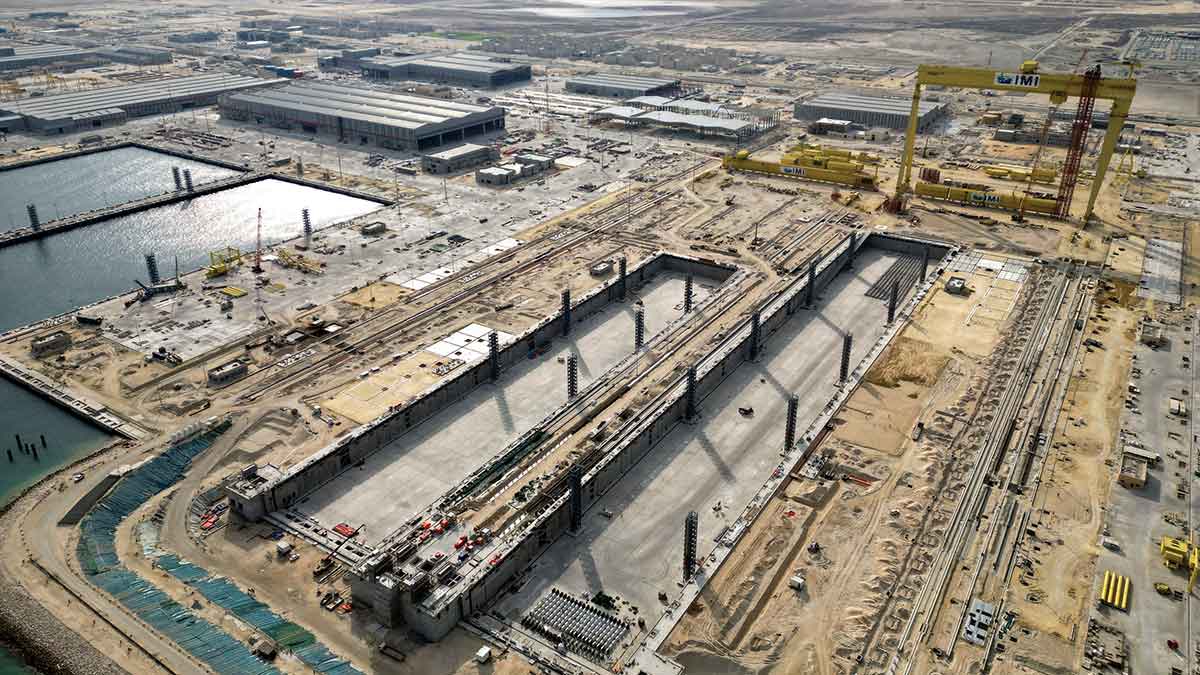
New job opportunities
More recently, Al-Ghubaini has chaired the committee consisting of representatives from several Aramco departments and operating companies, to approve and hand over some of the facilities to KSICMS operating companies.
A number of facilities have been completed and handed over to IMI to start manufacturing.This will create new job opportunities and contribute to GDP.
— Ahmed Al-Ghubaini
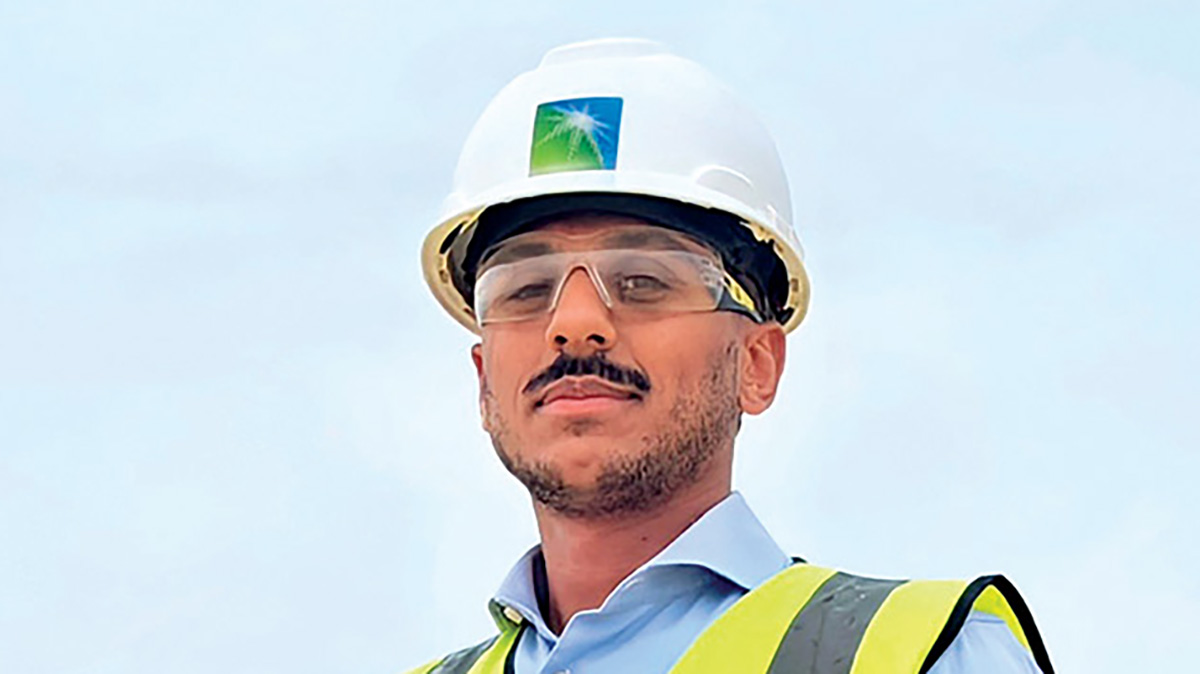
Ahmed S. Al-Aradi, senior project engineer, supervised the development of one of the KSICMS production areas, which consists of large underground networks such as water, air, and industrial gas facilities. He says that despite the complexity of the project, thanks to good planning, the team completed the work in excellent time.
“We were able to install over 250 kilometers of metal and nonmetallic pipes in less than a year,” Al-Aradi said.
A wonderful moment
Mohammed A. Al Teraiki from Maritime Yard Development Projects supervised material supply chains and high-precision heavy equipment. Major challenges included maintaining the supply chains amid sharp market fluctuations and engaging more local services and suppliers — both of which were addressed successfully.
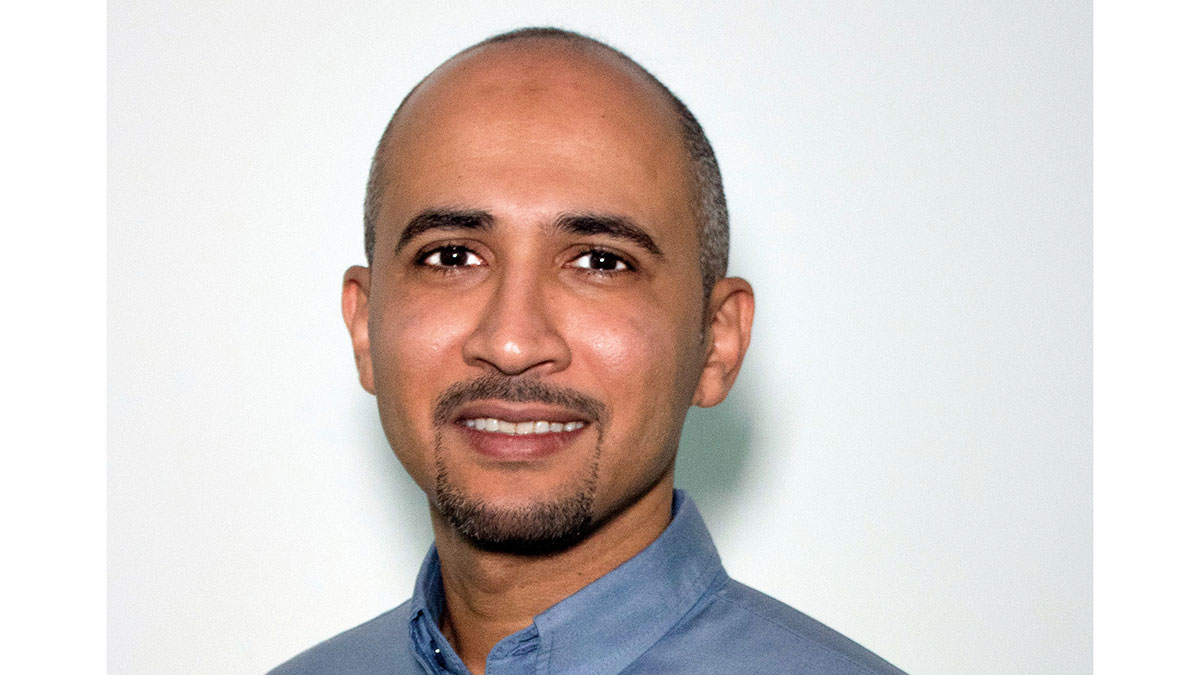
Teraiki recounts a “wonderful moment” when a number of the largest cranes in the world arrived at the project site — one with a lifting capacity of 1,600 tons.

Haitham M. Alsaraj, a senior project engineer who participated in the project implementation, recounted the remarkable scale of operations. “A 14-meter deep temporary dam was constructed to isolate seawater and prepare the location of the dry docks for construction work. Water was displaced inside the docks at a rate of 4 million cubic meters daily. It was tremendous work.”
Caption for top photo: King Salman International Complex for Maritime Industries and Services will support the 6% of global maritime traffic that uses the Kingdom’s waters.



